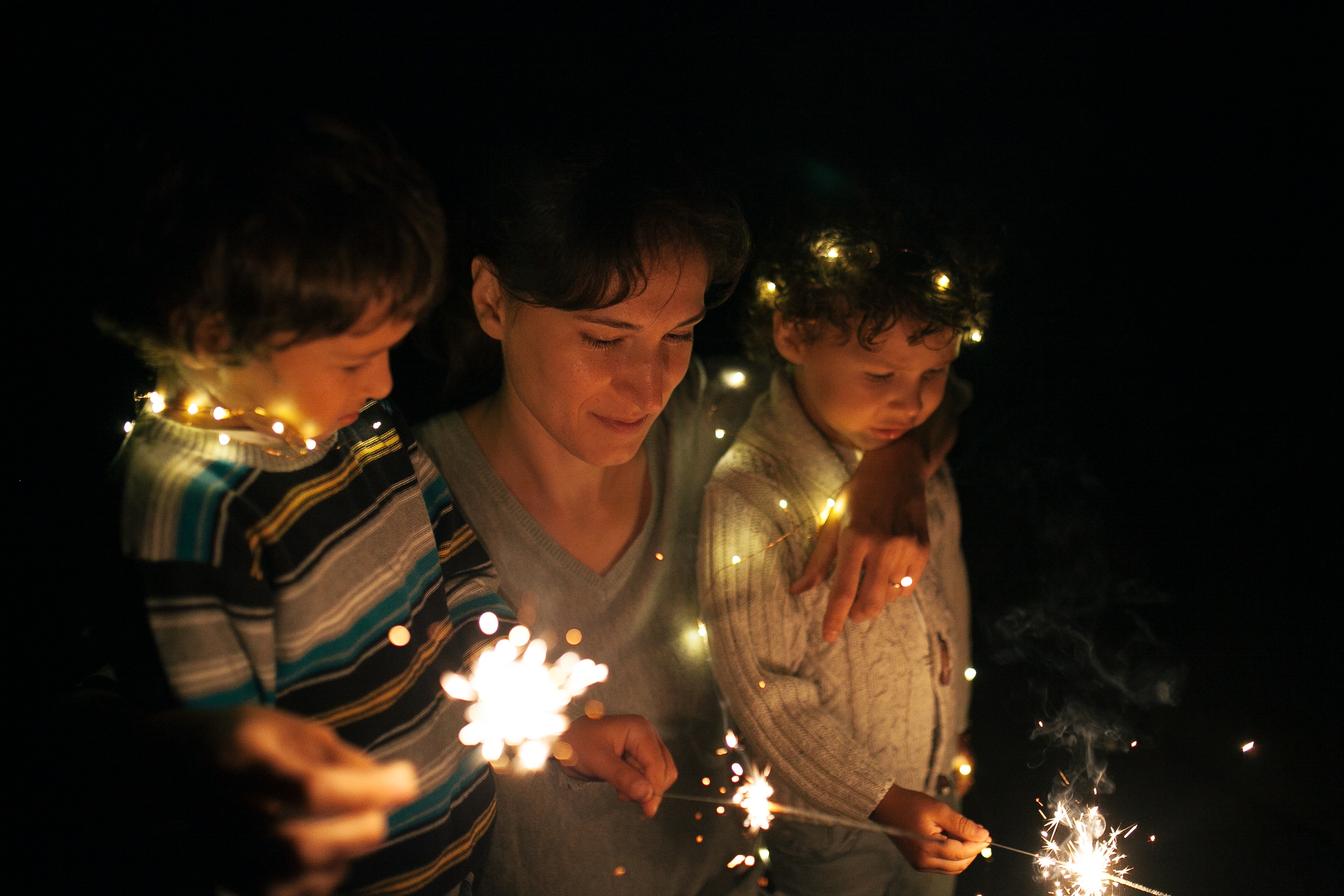The 4th of July is a wonderful time to gather with family and friends and celebrate our country and all of the freedoms that go along with it. Many of us enjoy picnics and get-togethers that include fireworks in one form or another.
With all that said, the 4th of July is done and over with for 2016, so why are we posting something on fireworks safety NOW? It’s because we want to get a jump start on getting the word out about the dangers of fireworks for next year’s 4th of July. These types of warnings fall on deaf ears. Everyone thinks, “yeah, I know, I know…safety first” and brushes aside the stark reality of fireworks– they are dangerous. Go ahead and Google “fireworks injuries,” but be prepared for some pretty graphic and disturbing images. Remember that these aren’t just images on a computer to us– our doctors work very hard to reassemble body parts that fireworks have taken apart.
So while the sights and sounds of all those explosions are still fresh in your mind, let’s take a few minutes to review some sobering facts about fireworks and fireworks safety, courtesy of the American Society for Surgery of the Hand and the Centers for Disease Control.
The number of fireworks-related injuries seen in emergency departments across the country has been steadily rising over the years. Currently, right around 10,000 individuals find themselves seeking treatment for burns, lacerations, fractures, and traumatic amputations during the 4th. According to the CDC, in 2014, 41% of all reported fireworks-related injuries were to the hands and arms; 13% to the legs and feet; 15% to the torso; 19% to the head; and 12% to the eyes.
Of those injuries involving the fingers, hands, and arms, the majority were caused via accidents that involved firecrackers, bottle rockets, and sparklers, which just happen to be the three most common types of fireworks used by the general consumer. Sparklers account for almost 15% of burns because of the fact that they are slow-burning and handheld, often by children.
Obviously, the safest thing you can do in regards to fireworks is to NOT set them off yourself. Instead, attend a public fireworks display– they’re put on by professionals and are monitored by the fire department to ensure safety.
For those of you intent on having your own display, always place fireworks on level ground and use them in the way they were intended. For instance, don’t lay them on their sides so they “shoot along the ground”. And, NEVER EVER hold a lit (or a “maybe it’s lit, I can’t tell”) explosive device in your hand! This includes holding a firework in your hands for “just for a sec” while you light it because you’re “going to set it right down”.

